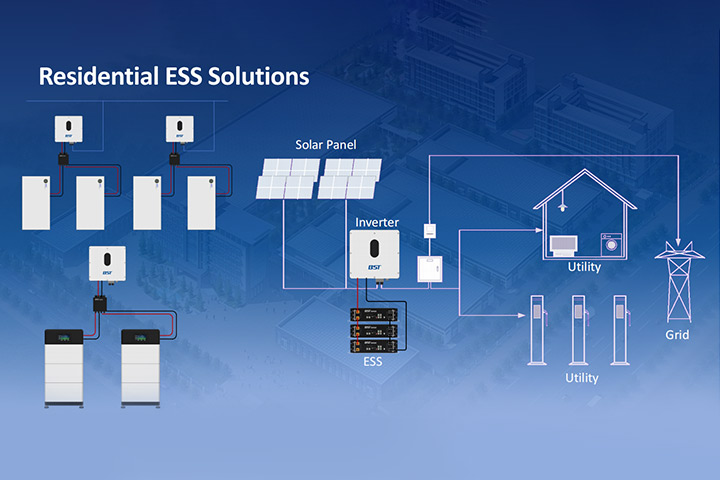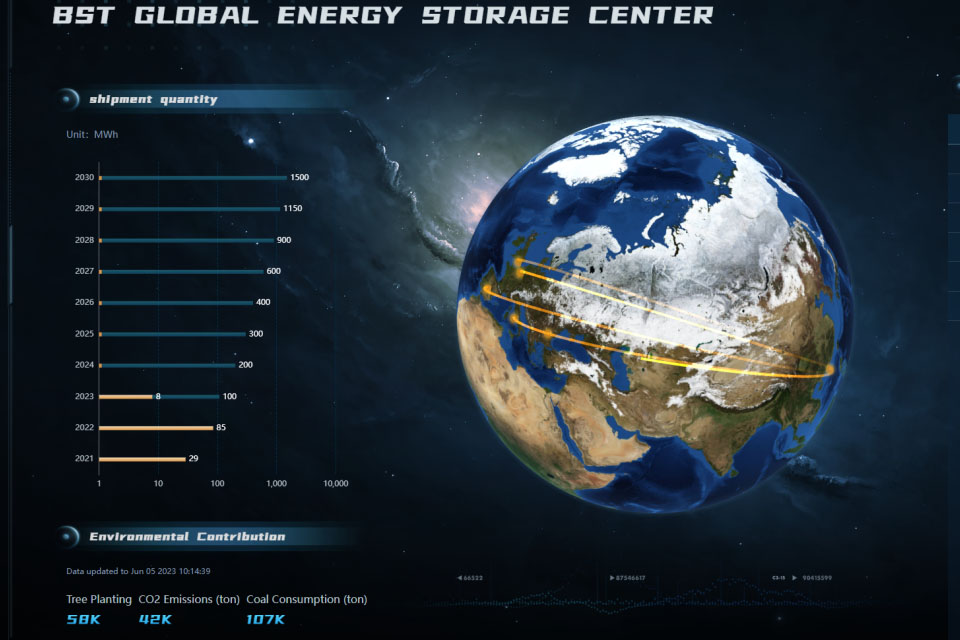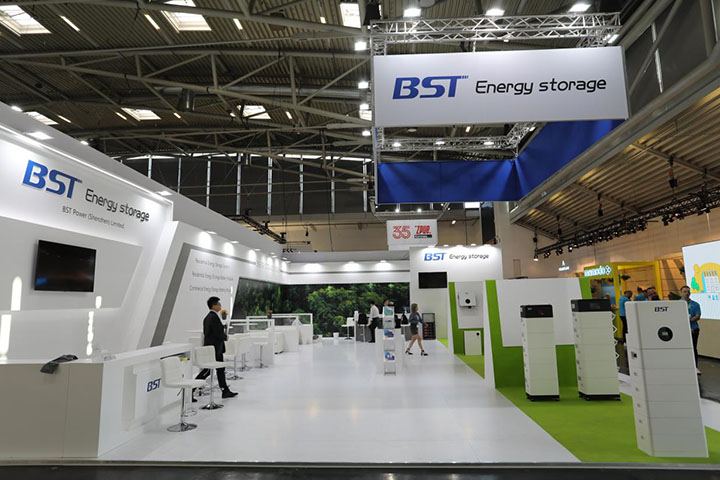Residential energy storage systems (RESS) are increasingly important as they enable homeowners to store excess energy generated from renewable sources like solar panels. This stored energy can be used during peak demand times or when solar generation is low, providing a reliable power supply and reducing reliance on the grid. Installing RESS can significantly enhance energy independence, optimize electricity costs, and contribute to a more sustainable future.
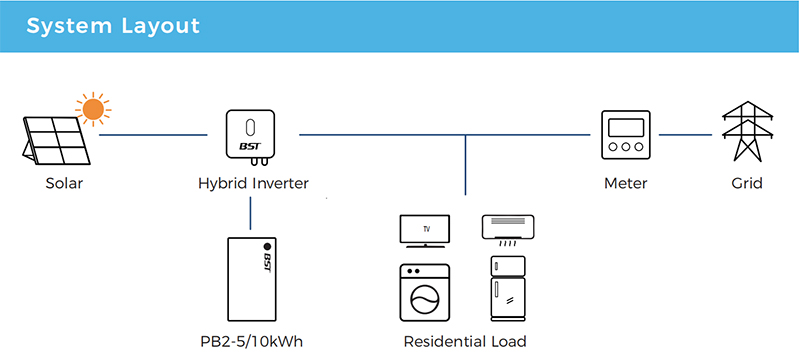
Photovoltaic (PV) systems are the most common renewable energy source integrated with RESS in residential settings. PV installations convert sunlight into electricity, which can be used immediately or stored for later use. The convenience of PV installations lies in their ability to generate clean energy on-site, reducing electricity bills and environmental impact. When coupled with energy storage, PV systems offer even greater flexibility and reliability, ensuring that excess energy is not wasted and is available when needed most.
Two Installation Methods are as follows:
AC Coupling Topology: For Existing PV Installations
For homeowners who have already installed PV systems, the AC coupling topology is a preferred method for adding an energy storage system. This approach is advantageous because it does not require significant alterations to the existing electrical setup, thereby avoiding potential disruptions.
How AC Coupling Works:
Power Conversion: Solar panels generate DC power, which a PV inverter converts into AC power.
Integration: The AC power flows into the household distribution box, supplying energy to the home.
Energy Storage: An energy storage inverter connects the battery system to the distribution box, allowing the stored energy to be used as needed.
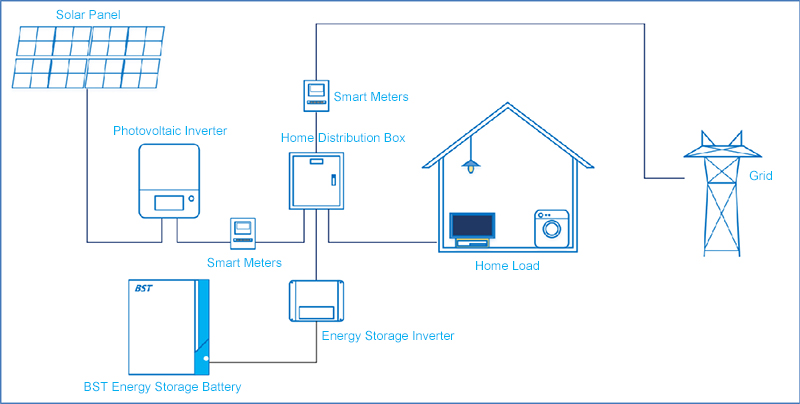
The AC coupling method is particularly beneficial as it allows the PV, energy storage, and grid to work together seamlessly. The energy storage inverter communicates with the PV inverter or a smart meter to monitor the system’s performance, adjusting the energy storage strategy based on the current energy production and consumption. This integration ensures optimal energy management, enhancing the system’s efficiency and reliability.
DC Coupling Topology: For New PV Installations
For new PV installations, DC coupling is a more efficient and cost-effective option. This method integrates the PV and energy storage systems at the DC level, which can streamline the installation process and improve system performance.
How DC Coupling Works:
System Design: The first step involves designing the system size and configuration based on the homeowner’s energy needs. Factors such as average daily electricity consumption, local solar irradiance, and power consumption patterns are considered.
Direct Integration: Solar panels and energy storage batteries are connected directly to a hybrid inverter on the DC side. This inverter then converts the DC power into AC power for use in the home.
Efficiency and Scalability: By coupling the systems at the DC level, DC coupling reduces energy losses associated with multiple power conversions and allows for easier scalability and system upgrades.
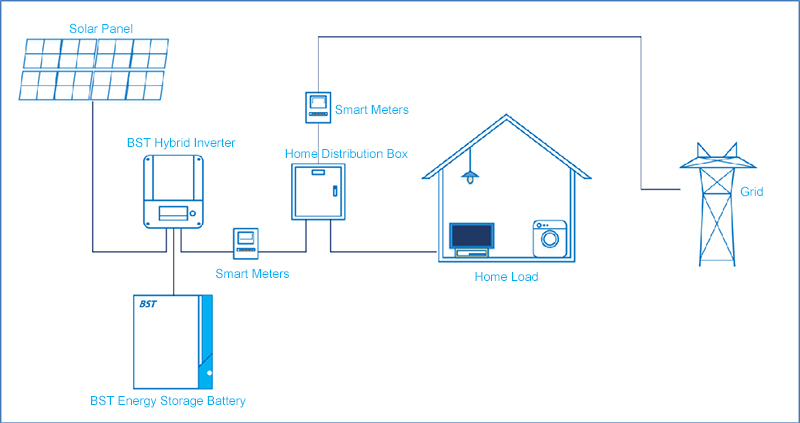
Analytical Summary
The choice between AC and DC coupling for RESS installation depends on the specific circumstances of the homeowner:
AC Coupling Topology Advantages:
Seamless Integration: Ideal for integrating with existing PV systems without major electrical work.
Flexibility: Enables independent operation and optimization of the PV and storage systems.
Reliability: Utilizes existing AC infrastructure, ensuring stable operation and ease of integration.
Considerations:
Complex Communication Needs: Requires the energy storage inverter to communicate effectively with other components, potentially adding to system complexity and cost.
DC Coupling Topology Advantages
High Efficiency: Direct DC integration minimizes conversion losses, enhancing overall system efficiency.
Cost Savings: Simplifies installation and maintenance, potentially lowering overall costs.
Scalability and Future-Proofing: Easier to expand or upgrade as energy needs change.
Considerations:
Initial Setup Requirements: Requires comprehensive planning and design, particularly for matching system capacities and ensuring compatibility.
The installation method chosen for a residential energy storage system (RESS) significantly impacts its efficiency, cost, and long-term functionality. AC coupling is ideal for retrofitting energy storage into homes with existing PV systems, offering a flexible and reliable solution that integrates well with current setups. On the other hand, DC coupling is well-suited for new installations, providing a streamlined, efficient, and potentially more cost-effective approach. Each method has its strengths and considerations, and the choice depends on factors such as existing infrastructure, budget, and long-term energy goals. By carefully selecting the appropriate installation method, homeowners can maximize the benefits of their RESS, achieving greater energy independence and sustainability.

